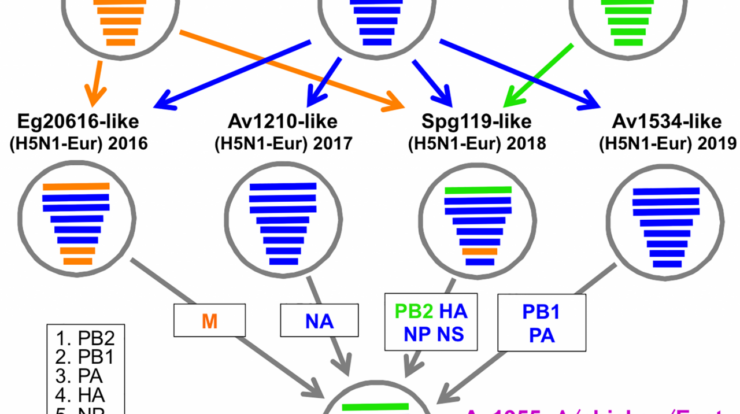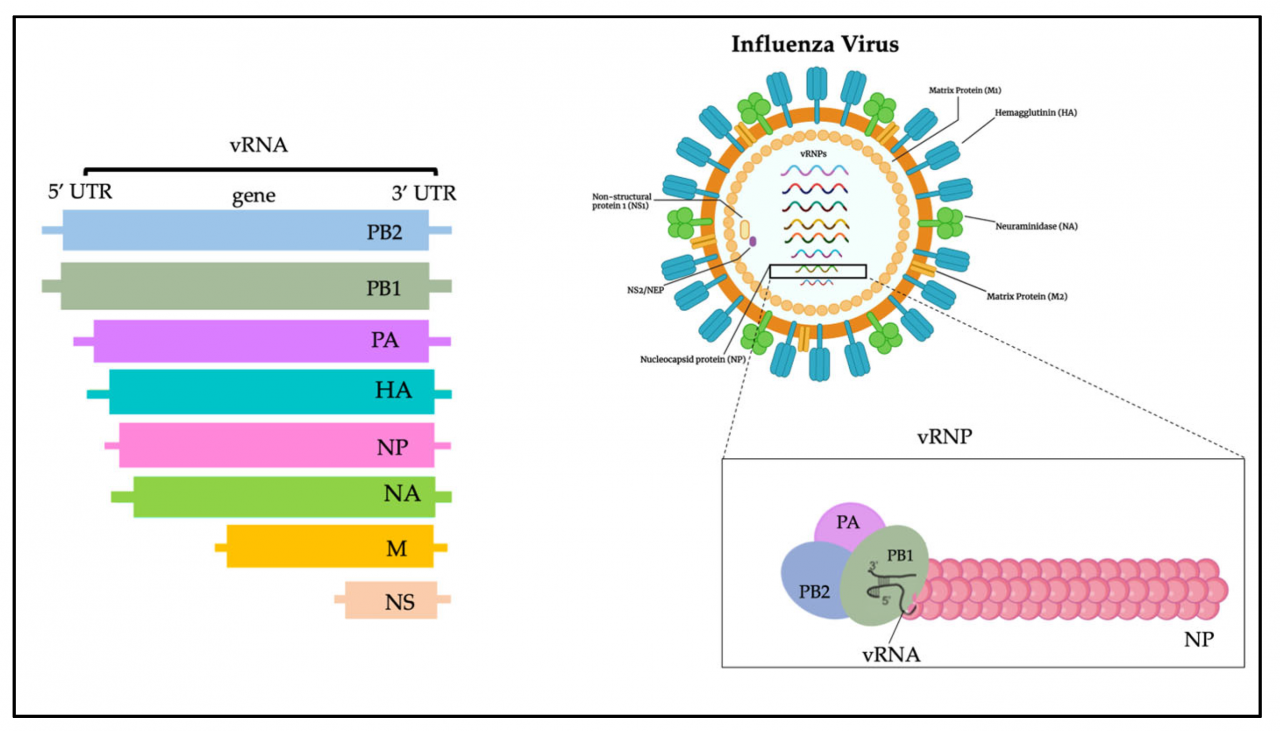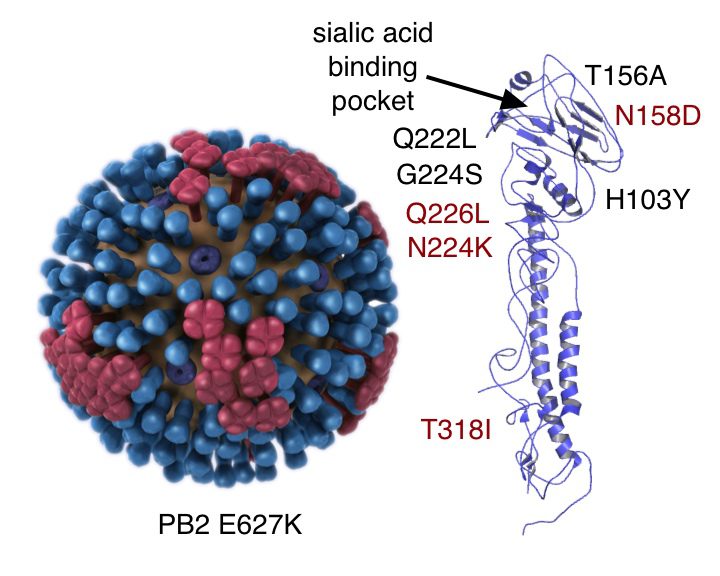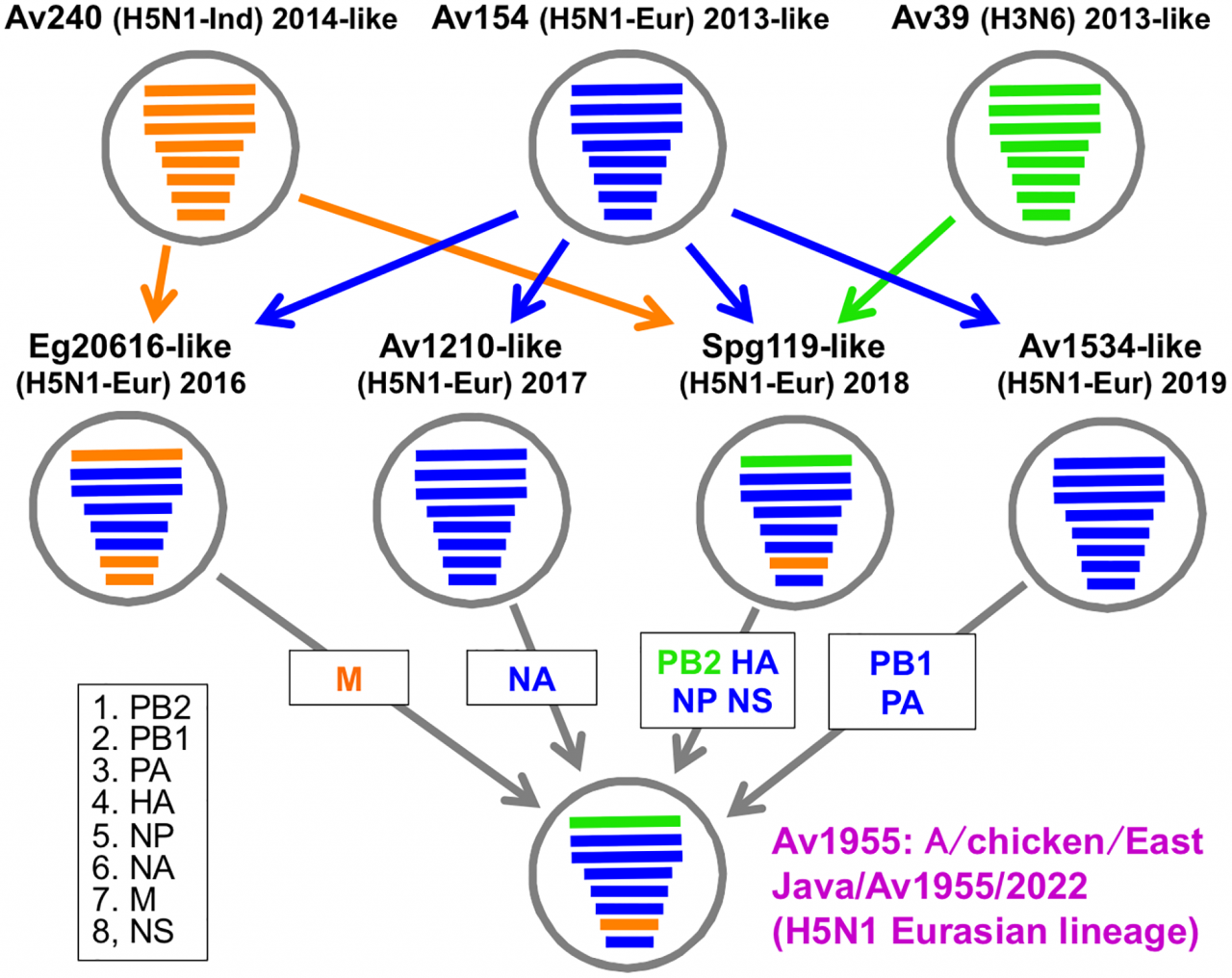
H5N1 airborne, a highly contagious virus, has emerged as a global health concern, raising alarm bells among public health officials. This virus has the potential to spread through the air, posing significant challenges to containment efforts.
In this comprehensive guide, we delve into the intricacies of H5N1 airborne, exploring its transmission dynamics, clinical manifestations, and the preventive measures crucial for safeguarding public health.
H5N1: An Airborne Threat

The H5N1 virus, a highly pathogenic avian influenza strain, has raised concerns due to its potential for airborne transmission. This article explores the modes of transmission, clinical manifestations, diagnosis and treatment, prevention and control, and public health implications of H5N1 infection, emphasizing the significance of airborne spread.
Transmission and Spread: H5n1 Airborne
The H5N1 virus primarily infects birds, but it can also spread to humans and other mammals. Airborne transmission occurs when infected birds or animals release respiratory droplets containing the virus into the air. These droplets can remain suspended in the air for extended periods, increasing the risk of inhalation by humans.
Factors influencing airborne spread include particle size, ventilation, and environmental conditions.
Human-to-Human Transmission
While H5N1 is primarily transmitted from birds to humans, limited human-to-human transmission has been reported. This occurs through close contact with infected individuals or exposure to contaminated surfaces or objects. The extent of human-to-human transmission is still under investigation, but it remains a concern due to the virus’s potential to mutate and adapt.
Clinical Manifestations

H5N1 infection in humans can range from mild to severe, depending on viral load and host immune response. Typical symptoms include fever, cough, sore throat, muscle aches, and fatigue. In severe cases, H5N1 can cause respiratory distress, multi-organ failure, and even death.
The mortality rate for H5N1 infection is high, highlighting the need for early diagnosis and prompt treatment.
Diagnosis and Treatment

Diagnosing H5N1 infection requires laboratory testing, such as RT-PCR, to detect the virus’s genetic material. Early diagnosis is crucial for timely treatment and management. Treatment options for H5N1 include antiviral medications, such as oseltamivir and zanamivir, which can reduce viral replication and improve outcomes.
Supportive care, including respiratory support and fluid management, is also essential.
Prevention and Control
Preventing and controlling H5N1 infection involves multiple strategies. Personal protective equipment (PPE), such as masks and gloves, is recommended for individuals working with infected birds or animals. Vaccination programs for poultry can help reduce the spread of the virus in bird populations.
Surveillance and early detection are crucial for containing outbreaks and preventing further transmission.
International Collaboration, H5n1 airborne
International collaboration is essential in controlling H5N1 infection. Sharing information, resources, and expertise can enhance outbreak preparedness and response. Global surveillance systems help monitor the spread of the virus and identify emerging strains. Collaborative efforts are vital for mitigating the public health impact of H5N1.
Public Health Implications
H5N1 infection poses significant public health concerns due to its pandemic potential. The virus’s ability to mutate and adapt to different hosts raises the risk of a global outbreak. Limited treatment options and the need for rapid response highlight the challenges of managing H5N1 outbreaks.
Public health measures, such as surveillance, vaccination, and infection control, are essential for mitigating the impact of H5N1 on human populations.
Last Point

Understanding the multifaceted nature of H5N1 airborne is essential for effective prevention and control strategies. By raising awareness about this virus and implementing proactive measures, we can mitigate its public health impact and safeguard the well-being of communities worldwide.





